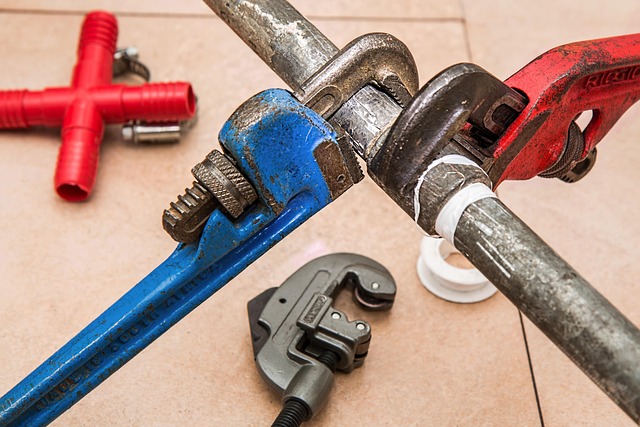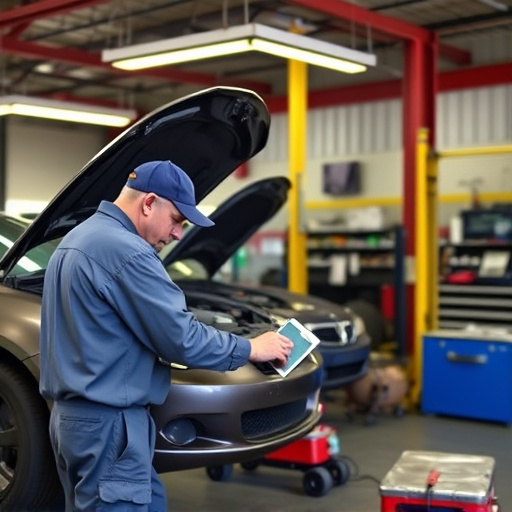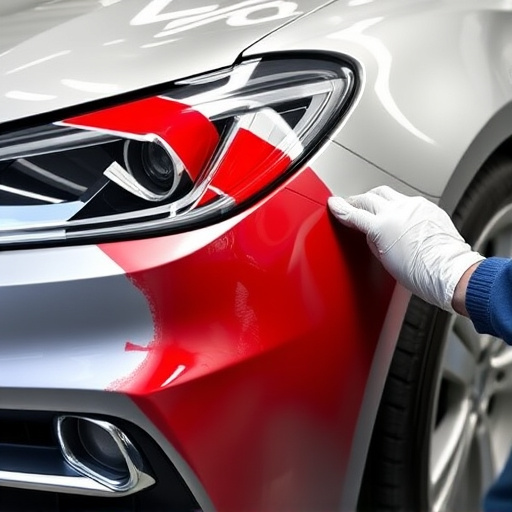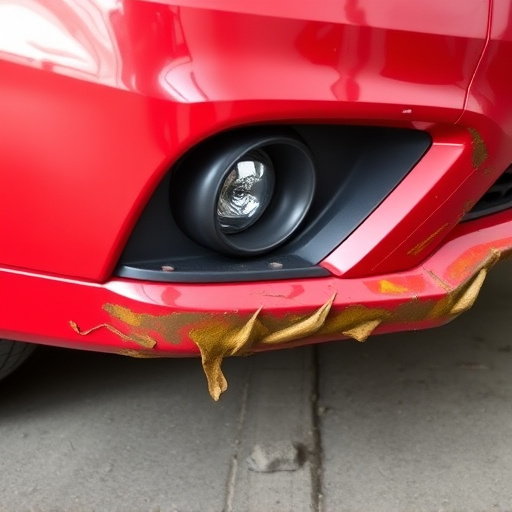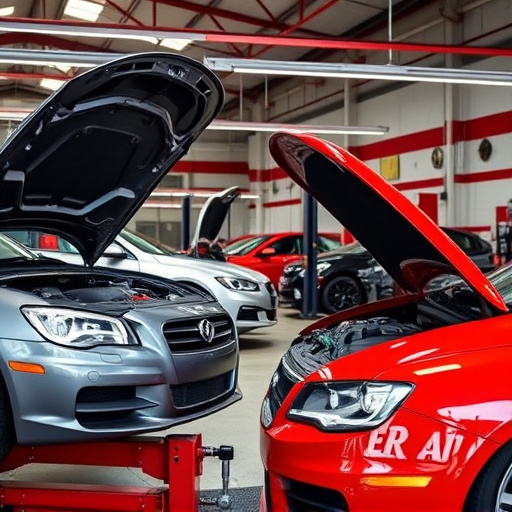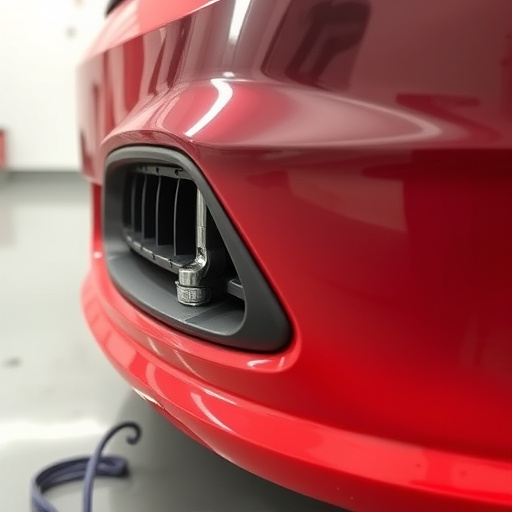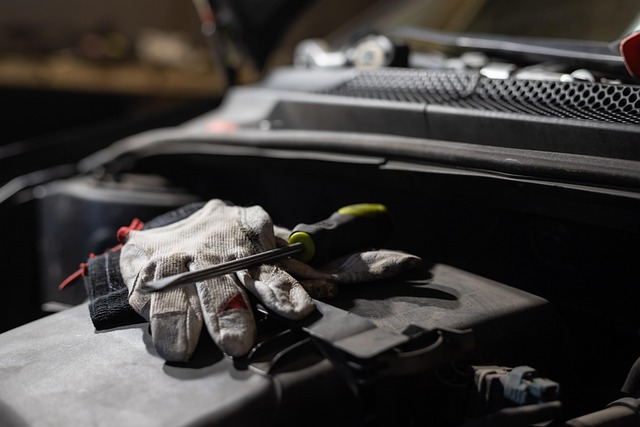Using Original Equipment Manufacturer (OEM) parts for Mercedes Benz collision repair is crucial for vehicle safety and performance. These genuine parts, designed by the original producer, ensure precise fitment, maintain structural integrity, and meet or exceed original specifications. OEM repair procedures, with strict quality control, guarantee safe and reliable vehicles after damage, minimizing risks from aftermarket substitutes. This meticulous approach aligns with manufacturer standards, preserving the vehicle's original quality and enhancing overall safety.
OEM repair procedures play a vital role in ensuring vehicle safety, reliability, and longevity. Original Equipment Manufacturer (OEM) parts are crucial as they meet strict safety standards set by car producers. By adhering to OEM guidelines, repairs maintain the integrity of vehicle systems, preventing future safety issues. Stricter repair procedures enhance overall security, guaranteeing that components function optimally and safely over time. This article explores these aspects in detail, highlighting the significance of OEM parts and procedures for modern vehicles.
- The Role of OEM Parts in Vehicle Safety
- – Definition and importance of Original Equipment Manufacturer (OEM) parts
- – How OEM parts maintain vehicle safety standards
The Role of OEM Parts in Vehicle Safety
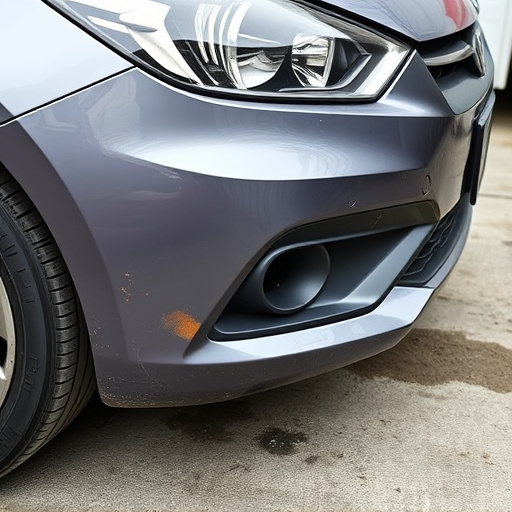
Original Equipment Manufacturer (OEM) parts play a pivotal role in ensuring vehicle safety during repairs. When a vehicle undergoes an OEM repair procedure, replacing components with genuine OEM parts guarantees that every part installed is designed specifically for the make and model of the car. This precision fitment is crucial for maintaining optimal performance and structural integrity, which are essential for passenger safety.
In the context of a vehicle body shop or automotive collision repair, using OEM parts in Mercedes Benz collision repair, for instance, ensures that the vehicle returns to its pre-accident condition, adhering to the manufacturer’s standards. This meticulous approach not only preserves the vehicle’s original quality but also enhances overall safety, making it an integral aspect of any comprehensive repair process.
– Definition and importance of Original Equipment Manufacturer (OEM) parts
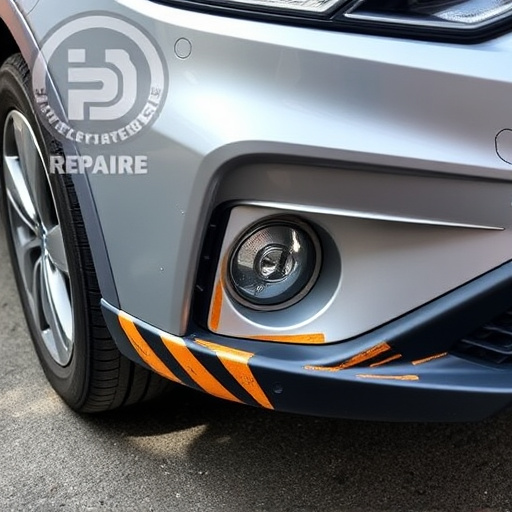
Original Equipment Manufacturer (OEM) parts are integral to vehicle safety and performance. These parts are specifically designed and manufactured by the car’s original equipment producer, ensuring they meet the exacting standards and specifications set by the vehicle manufacturer. Using OEM parts in repair procedures is crucial for maintaining the integrity of a car’s structural and functional systems. They are built to withstand rigorous testing, ensuring optimal safety features, reliability, and compatibility with the vehicle’s unique design.
When it comes to auto body repair or auto collision centers, utilizing OEM repair procedures becomes even more critical. Skilled technicians, equipped with the latest tools and knowledge, can meticulously replace damaged components with genuine OEM parts, restoring the vehicle to its original condition. This meticulous approach guarantees that all safety mechanisms, from airbags to brake systems, function as intended, providing peace of mind for drivers and passengers alike.
– How OEM parts maintain vehicle safety standards

Original Equipment Manufacturer (OEM) parts play a vital role in maintaining and enhancing vehicle safety standards during repair procedures. These parts are designed and manufactured to meet or exceed the original specifications set by the vehicle producer, ensuring that every component contributes to the overall structural integrity and safety of the car. OEM repair procedures adhere to strict quality control measures, guaranteeing that only genuine, high-quality parts are used in the restoration process. This is particularly crucial for critical safety systems such as brakes, steering mechanisms, airbags, and collision-avoidance technologies, where even a slight deviation from the original specifications can compromise passenger security.
Moreover, OEM parts ensure consistent performance and compatibility, which is essential when conducting vehicle paint repair or dent repair operations. The precision-engineered nature of these parts allows for seamless integration with existing systems, minimizing the risk of malfunctions or structural weaknesses that could arise from using aftermarket substitutes. By prioritizing OEM repair procedures, car owners can rest assured that their vehicles remain safe, reliable, and in compliance with industry standards, even after sustaining damage that requires restoration or fix.
OEM repair procedures play a vital role in ensuring vehicle safety by utilizing original equipment manufacturer parts. These parts, designed specifically for a car’s make and model, maintain the integrity of safety systems, ensuring they function optimally. By adhering to OEM guidelines during repairs, mechanics can preserve the vehicle’s structural integrity and safety features, ultimately contributing to the well-being of drivers and passengers on the road. This emphasis on OEM repair procedures is crucial for keeping vehicles reliable and safe.


